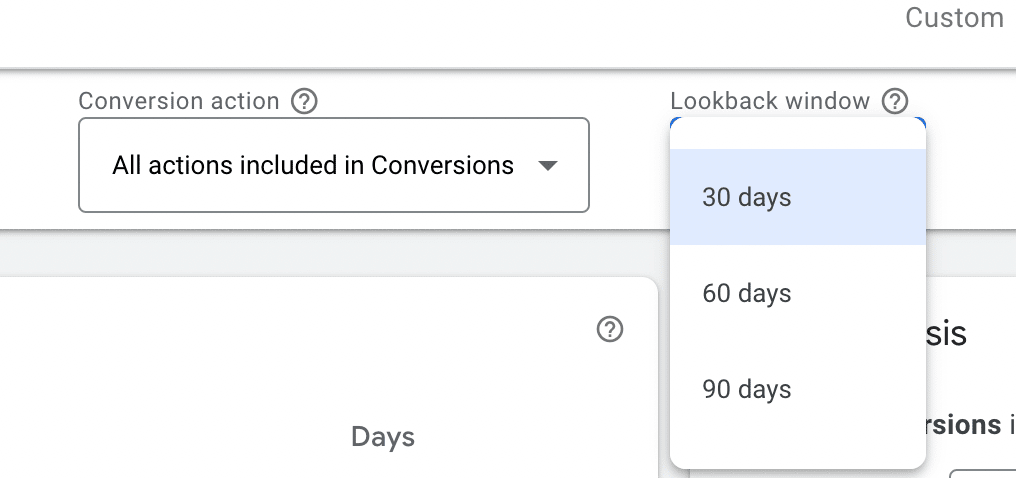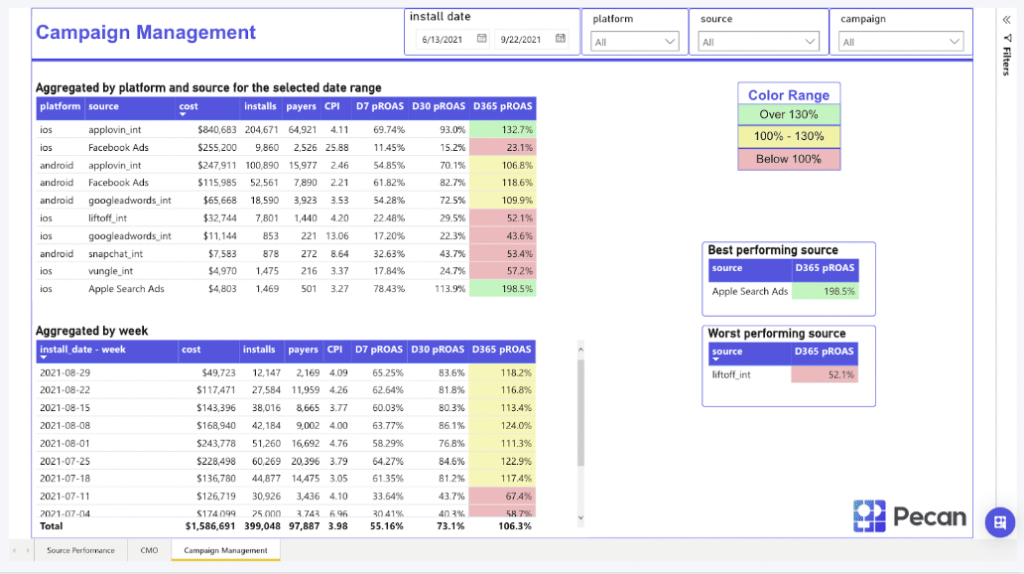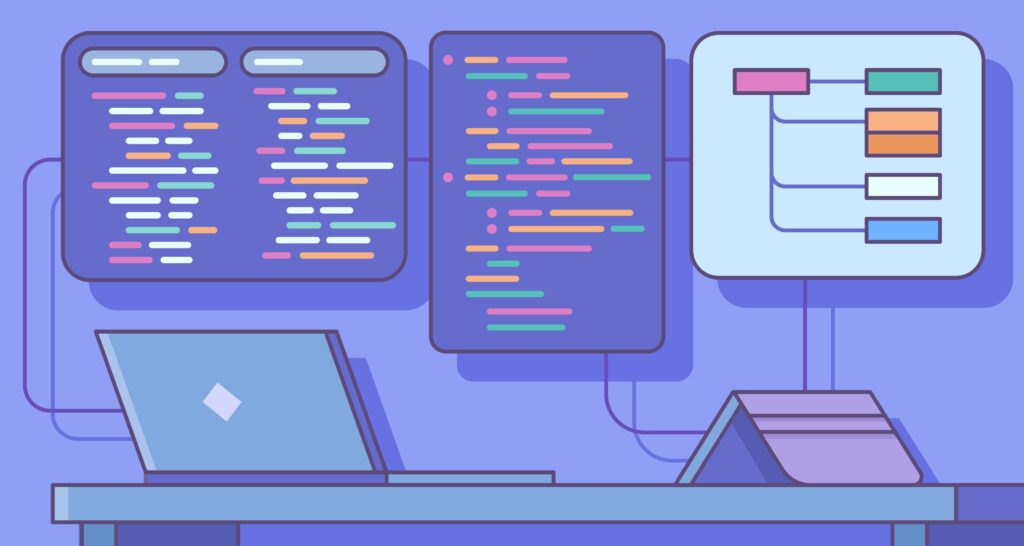Marketing AI software has been all the rage thus far in the new year. OpenAI’s ChatGPT has made headlines as a generative AI tool that helps create content and can also make content better.
There’s been so much news and many new opportunities from just one AI solution. This year can be even more exciting for AI if marketers embrace these developments and incorporate AI tools and models into their campaign planning and execution processes.
Where are marketers using AI now?
In a recent Ascend2 survey, 350 marketers shared where they are testing and using AI. Nearly one-third said paid advertising was the leading use case.
Augmenting paid advertising is a massive opportunity for AI. According to Digiday, the top ad platforms in 2022 were Google and Meta, raking in a combined $280B over the last year.
Worldwide net advertising revenues by the top 5 major digital ad selling companies in 2022
- Google $168.44 billion
- Meta $112.68 billion
- Alibaba $41.01 billion
- Amazon $37.99 billion
- ByteDance $29.01 billion
Source: Insider Intelligence via Digiday
How can AI improve paid ads within Google and Meta?
So naturally, the next question is: How can AI augment or disrupt these platforms to open new opportunities for performance marketers, digital campaign managers, and user acquisition specialists?
Generally speaking, there are two main ways AI unlocks paid advertising opportunities.
The first and more mainstream development is ChatGPT. ChatGPT can help generate and improve ad copy and creativity. The ability of AI to support campaign managers in copy creation and editing will undoubtedly provide a return on investment with punchier headlines, stronger CTAs, and more exciting hooks that engage audiences.
The other, lesser-known development of AI is already here, taking the form of predicting campaign returns. This development will have a more significant impact on campaign managers. It will change how teams look at conversion windows — moving from a lookback perspective to a look-forward viewpoint.
Google, for example, has attribution and lookback windows readily available within Google Ads. Advertisers can change their lookback windows and adjust how far back in a campaign they want to claim that a click or impression led to a conversion event.
Now, in the days of AI, the idea of a lookback window is being disrupted by looking forward and projecting likely revenue 30, 60, 90, and 365 days into the future.
By looking forward with the help of AI, you no longer have to guess if a campaign will drive return or put together ballpark projections.
In early January, I had the opportunity to host a webinar where the customer success team from Pecan walked through how customers predict campaign ROAS. Within the presentation, Yos Orzach talked about how brands can now predict the Day 365 return on investment as soon as Day 2 of a campaign.
Having managed campaigns for the past 20 years, I find this an amazing development. I have experienced countless days of frantically testing ad messages, tweaking ad audiences, and optimizing creative to reach my targets while maintaining a budget.
But now, campaign managers can use the information they receive early in campaigns to predict the future value of those campaigns. Those predictions take a lot of the guesswork out of those tests.
This opportunity would have been a game changer in many of the campaign tests I went to market with. I could have predicted early in the campaign lifecycle if the campaign would drive the results management needed. If not, we could have paused those initiatives and tested a different approach — failing fast but saving a lot of money in the process.
Attribution lives on, even in the age of AI
One point I want to clarify: I’m not saying that attribution will go away or that AI will soon replace the various attribution tools or methods. Predicting campaign performance relies heavily on attribution tools and the data collected from them. That data is essential for predictive modeling.
Much like how ChatGPT augments the creative process, predicting campaign ROAS augments the campaign planning and measurement process. This predictive power not only reveals what happened but also provides a view of what will happen over the lifecycle of the campaign. That look into the future allows campaign managers to make better decisions.
As a marketer, I’m excited to see how AI will shape the marketing landscape this year. As practitioners embrace tools like ChatGPT and Pecan AI, there is no doubt that we will start seeing fantastic ad experiences that are incredibly effective, the likes of which we haven’t seen for decades.
Ready to join the AI age in marketing? Get in touch to learn what Pecan can do for marketers.







